 Yolk
Performance art, Dance
Yolk
Performance art, Dance
Macho Dancing is performed by young men in night clubs for male – as well as female – clients. Macho Dancing, with its specific movement vocabulary and physicality, is a unique phenomenon in the Philippines. An economically-motivated language of seduction that employs masculinity as body capital.
‘Macho Dancer’ is a solo work in which a woman performs macho dance. By embodying a macho dancer, she challenges our perception of sexuality and questions gender as a tool for social mobility: Through his practice, the macho dancer is relegated to a marginal and weak position in society, even though the image he simulates is that of a strong male. The woman performing a macho dance thus assimilates the role of a strong male; and by transgressing gender, the performer also appears to up her social status. Nonetheless, as she engages in a marginal practice that is macho dance, she remains vulnerable and weak, and maintains the status of an objectified woman. The performance thus generates a “gender loop” in which the performer and audience are entangled.
The very act of this woman performing a gender loop veers attention towards her body as a product. By emulating and becoming the Macho Dancer, she also disembeds the sociocultural and economic frames that ultimately expose this perfect normative body as a constructed body.
“He realizes his potential, and exercises his individual empowerment, only to return the following night. Desire and performance of social mobility, after all, are only posed in simulation. In gay bars, as in the Philippine nation, real mobility is evasive, restricted, and temporary. Yet every night, the desire and the performance of social mobility are re-enacted.”

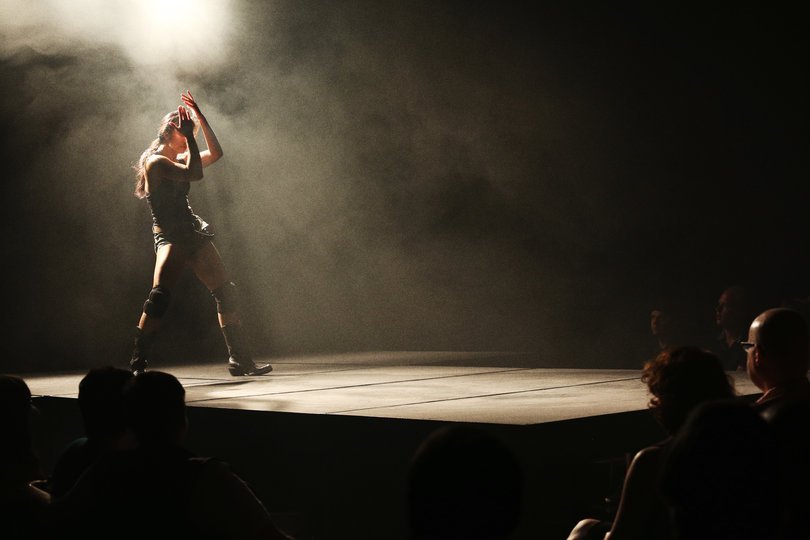
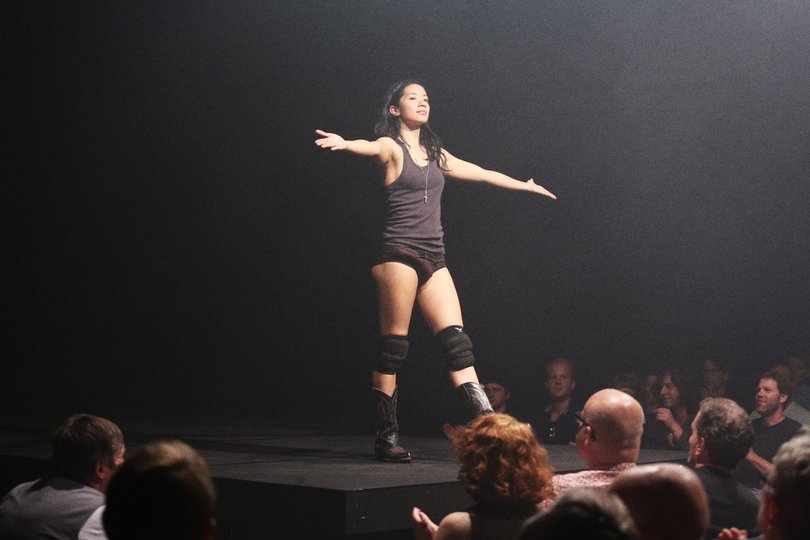
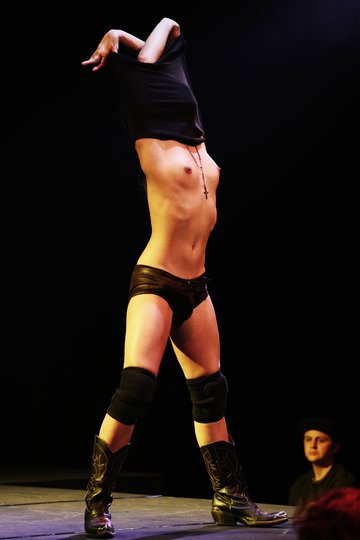
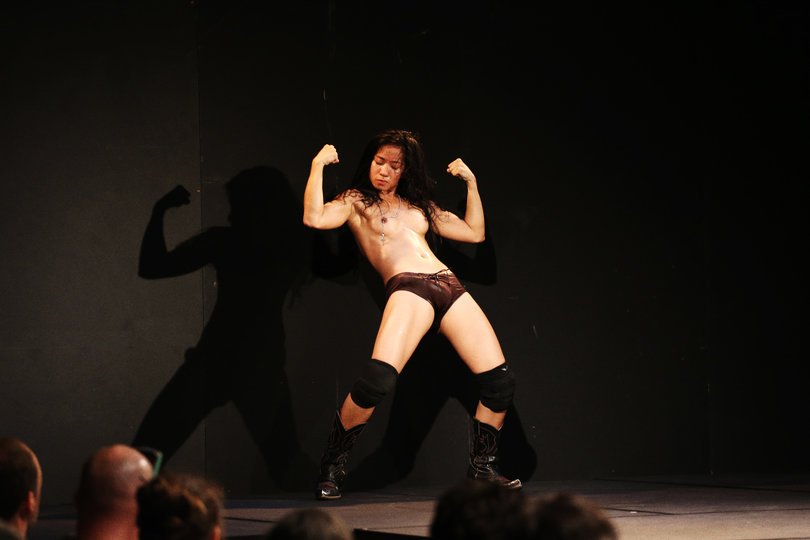
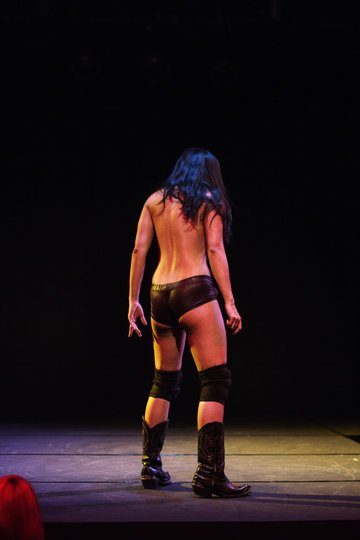
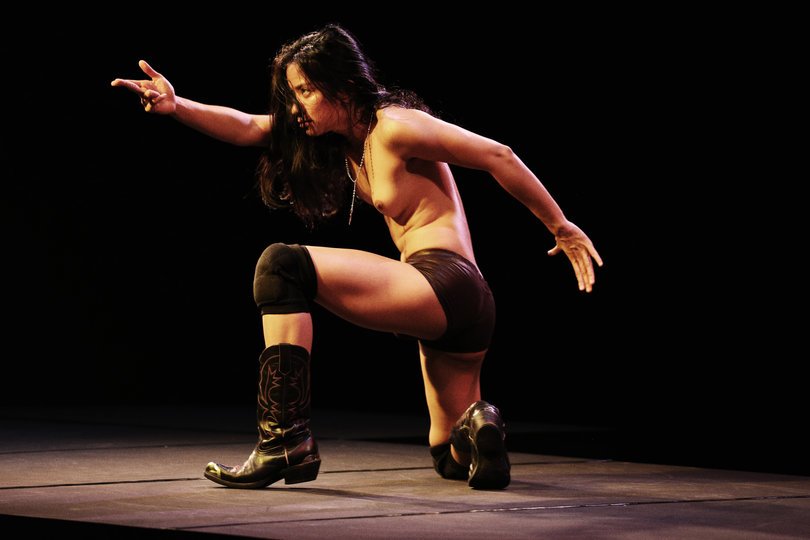

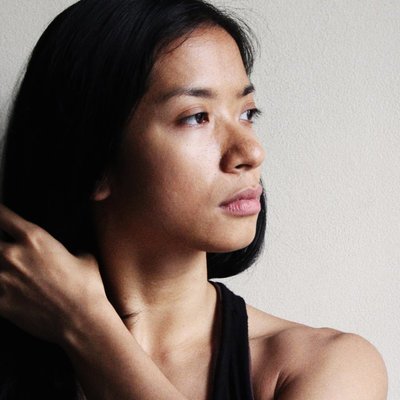
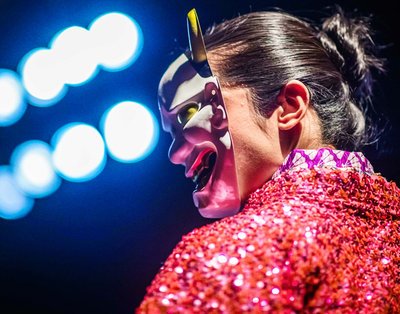
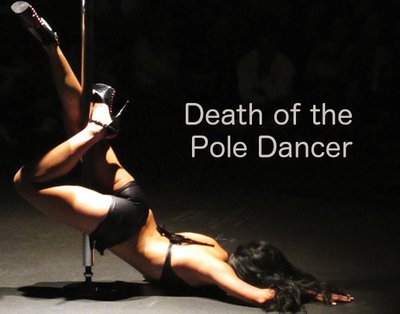





Social share